How to Care for Galangal Plant: 3 Key Tips for Spicy Rhizomes and Tall Shoots
If you're looking to grow your own galangal plant, you've come to the right place. This aromatic rhizome, often called Thai ginger or Siamese ginger, brings incredible flavor to Southeast Asian dishes and offers numerous health benefits. While it might seem intimidating at first, growing galangal successfully comes down to understanding three essential aspects of its care. Let's dive into how you can cultivate healthy galangal plants with spicy rhizomes and impressive tall shoots in your own garden or containers.
Understanding Your Galangal Plant
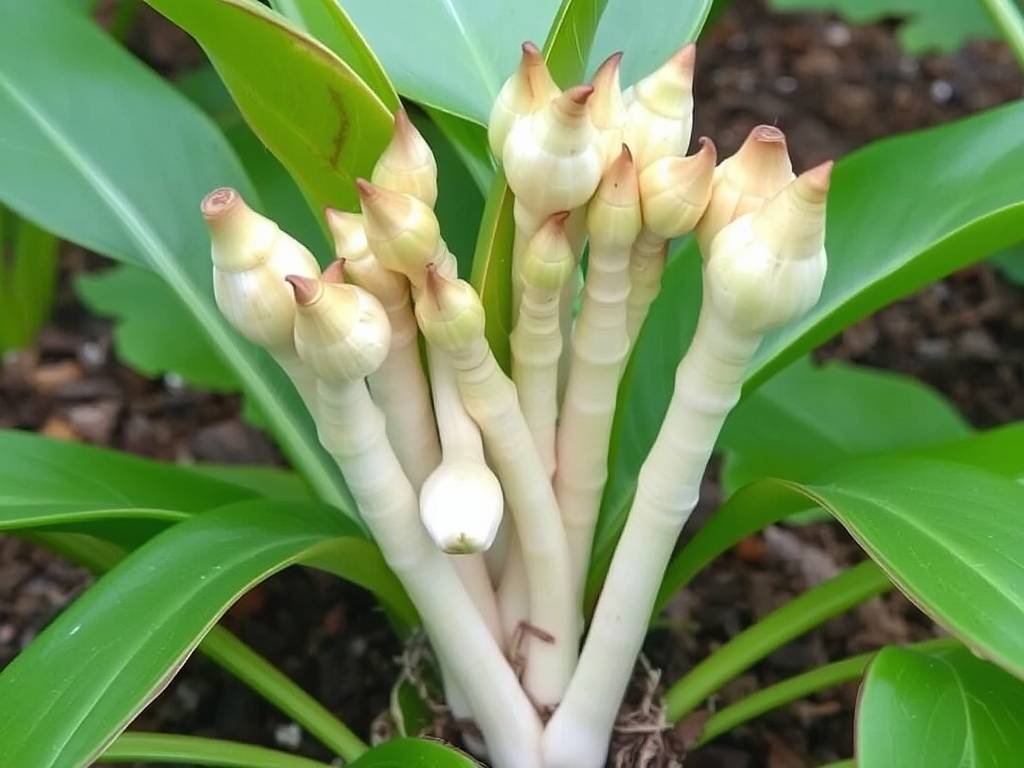
Before we get into the specific care tips, it helps to know what makes galangal unique. Unlike its cousin ginger, galangal (Alpinia galanga) has a sharper, more citrusy flavor with peppery notes. The plant produces beautiful tall shoots that can reach 6-7 feet in height when grown in optimal conditions, with lush green leaves that add tropical elegance to any garden space. The real treasure lies underground - the spicy, aromatic rhizomes that mature after 10-12 months of growth.
Many gardeners wonder about the difference between greater galangal and lesser galangal, with greater galangal being the variety most commonly grown for culinary purposes. Another common question is about galangal versus ginger plants - while they're related, they have different growing requirements and flavors. Understanding these distinctions will help you provide the specific care your galangal plant needs to thrive.
Tip 1: Creating the Perfect Growing Environment
Galangal plants originate from tropical regions of Asia, which means they thrive in warm, humid conditions. Getting the environment right is crucial for developing those flavorful rhizomes and tall, healthy shoots.
Soil Requirements for Healthy Rhizome Development
The foundation of successful galangal cultivation begins with the soil. Galangal prefers rich, well-draining soil with plenty of organic matter. A mix of compost, coconut coir, and well-rotted manure creates the perfect growing medium. The soil pH should be slightly acidic to neutral, between 6.0 and 7.0, for optimal nutrient absorption.
Proper drainage cannot be overstated when learning how to grow galangal successfully. While these plants love moisture, waterlogged soil will cause rhizomes to rot. If you're growing galangal in containers, ensure there are adequate drainage holes. For garden beds, consider raising them slightly or incorporating sand or perlite to improve drainage.
Temperature and Sunlight Needs for Maximum Growth
Galangal plants are tropical perennials that cannot tolerate frost. They prefer temperatures between 70-85°F (21-29°C) and will struggle when temperatures drop below 60°F (15°C). If you live in a cooler climate, consider growing galangal in containers that you can move indoors during colder months.
When it comes to sunlight, galangal prefers partial shade, especially in hotter climates. Morning sun with afternoon shade works perfectly. Too much direct sunlight can scorch the leaves, while insufficient light will result in weak growth and underdeveloped rhizomes. This balance is key to encouraging those tall shoots while ensuring the energy goes into rhizome development beneath the soil.
Space Considerations for Mature Plants
Given that galangal can grow quite tall and spread through its rhizomes, ensure you provide adequate space. Plants should be spaced about 24-36 inches apart to allow for proper air circulation and rhizome expansion. If you're limited on space, galangal grows well in large containers (at least 20 gallons), which has the added benefit of making rhizome harvesting easier.
Tip 2: Watering, Feeding, and Maintenance
Consistent care throughout the growing season is essential for developing those prized spicy rhizomes and maintaining the plant's impressive tall shoots.
Mastering the Galangal Watering Schedule
Galangal plants require consistent moisture but dislike soggy conditions. The goal is to keep the soil evenly moist, similar to a wrung-out sponge. During hot summer months, this may mean watering every 2-3 days, while in cooler weather, once a week might suffice.
The best way to check moisture needs is to insert your finger about 2 inches into the soil. If it feels dry at that depth, it's time to water. Mulching around your galangal plants with organic material like straw or wood chips helps retain moisture, suppress weeds, and gradually enrich the soil as it decomposes.
Fertilization Strategies for Robust Growth
To support both tall shoot development and substantial rhizome growth, galangal plants benefit from regular feeding. Use a balanced organic fertilizer every 4-6 weeks during the growing season. As the plants mature, switching to a fertilizer higher in potassium can encourage better rhizome development.
Many successful galangal growers swear by monthly applications of compost tea or seaweed extract, which provide trace minerals and encourage beneficial soil microbes. These natural fertilizers contribute to the complex flavor profile of the rhizomes while supporting overall plant health.
Pruning and General Maintenance
While galangal doesn't require extensive pruning, removing any yellow or damaged leaves helps direct energy to new growth. After 2-3 years, you might notice the center of the plant becoming crowded. This is a good time to divide the rhizomes, which we'll cover in more detail later.
Keep an area of about 12 inches around each plant free of weeds, as galangal doesn't compete well for nutrients. Gentle hand-weeding is preferable to avoid damaging the shallow rhizome system.
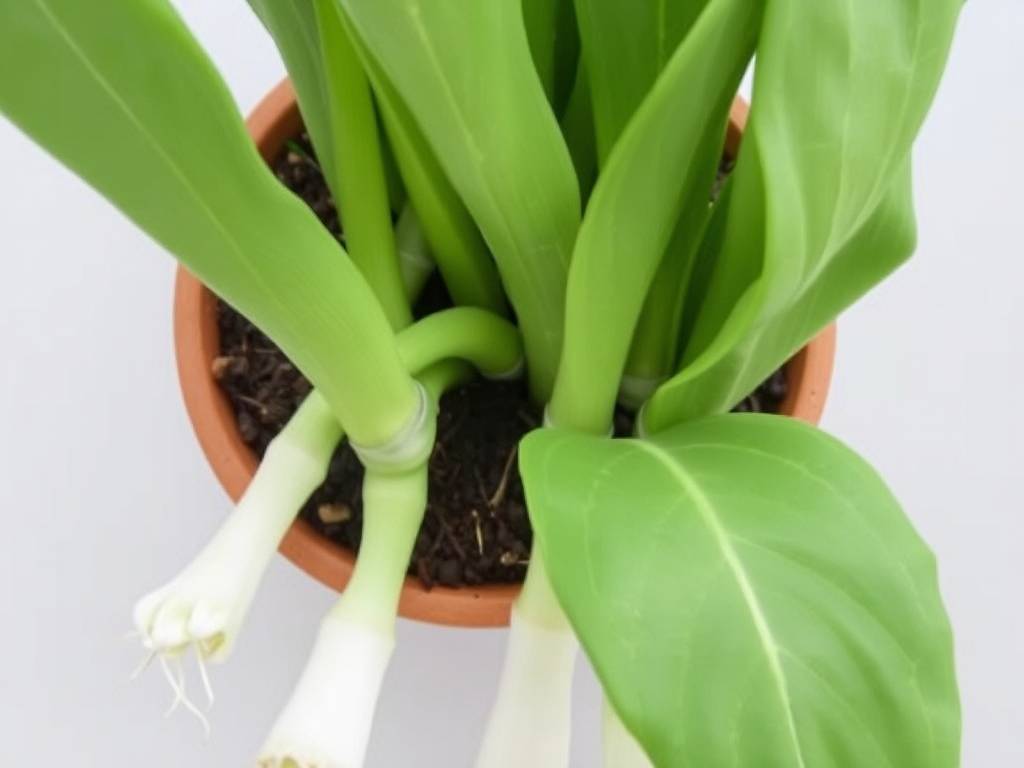
Tip 3: Harvesting and Propagating for Continuous Supply
The ultimate reward for your galangal plant care efforts comes at harvest time, but knowing when and how to harvest ensures the best flavor and continued plant productivity.
When and How to Harvest Galangal Rhizomes
Patience is key when growing galangal. While you can harvest small amounts after 6-8 months, the best flavor develops after 10-12 months of growth. The rhizomes should be firm, aromatic, and have that characteristic pinkish tinge to the skin.
To harvest, gently loosen the soil around the plant with a garden fork, being careful not to damage the rhizomes. You can either harvest the entire plant or carefully remove outer rhizomes while leaving the central plant intact to continue growing. This partial harvesting technique allows you to enjoy fresh galangal while maintaining your plant.
Many gardeners wonder about the difference between young and mature galangal rhizomes. Younger rhizomes have thinner skin and slightly milder flavor, while mature rhizomes develop thicker skin and more intense spiciness. Both are usable, depending on your culinary preferences.
Proper Galangal Storage Methods
After harvesting, you have several options for storing galangal. Fresh rhizomes can be stored in the refrigerator for 2-3 weeks, either wrapped in paper towels in a plastic bag or placed in an airtight container. For longer storage, galangal freezes exceptionally well without losing much flavor or texture. Simply place whole or sliced rhizomes in freezer bags.
Drying is another preservation method, though it does alter the flavor profile. Sliced galangal can be dried in a dehydrator or low oven, then stored in airtight containers. Powdered galangal made from dried slices offers a convenient cooking ingredient, though the flavor is less complex than fresh or frozen galangal.
Propagating Galangal Through Division
One of the joys of growing galangal is how easily it propagates through rhizome division. This not only provides you with new plants but also helps maintain the vigor of established plants.
The best time to divide galangal is in spring, as the plant emerges from dormancy. Carefully dig up the plant and wash away the soil to reveal the rhizome structure. Using a clean, sharp knife, divide the rhizomes, ensuring each section has at least 2-3 growing buds (often called "eyes") and a portion of the root system.
Replant these divisions immediately, either in containers or prepared garden beds, following the same planting depth as the original plant. Water thoroughly and maintain consistent moisture as the new plants establish themselves. This division process not only multiplies your galangal supply but also rejuvenates older plants that might have become less productive.
Troubleshooting Common Galangal Growing Problems
Even with proper care, you might encounter some challenges. Let's address the most common issues:
Yellowing leaves can indicate overwatering, poor drainage, or nutrient deficiency. Check your soil moisture and drainage first, then consider a fertilizer application if those factors seem correct.
If your plant isn't producing tall shoots or the growth seems stunted, evaluate the light conditions and soil fertility. Galangal plants in too much shade often become leggy as they reach for light, while those in intense sun may have scorched leaves and stunted growth.
Pests are generally not a major issue for galangal, though occasionally aphids or spider mites might appear. A strong spray of water or application of insecticidal soap usually resolves these problems. The plant's natural compounds actually make it somewhat pest-resistant.
For those in non-tropical climates, the main challenge is overwintering galangal plants. As temperatures drop below 50°F (10°C), plants will begin to go dormant. In frost-free areas, they can remain in the ground with a thick mulch layer. In colder regions, dig up the rhizomes and store them in slightly moist peat moss in a cool, dark place until spring, or move container-grown plants indoors to a bright location.
Growing galangal successfully is a rewarding experience that brings a taste of the tropics to your garden and kitchen. By focusing on these three key areas - creating the right environment, providing consistent care, and mastering harvest and propagation techniques - you'll be well on your way to enjoying your own supply of aromatic, spicy galangal rhizomes and admiring the beautiful tall shoots that make this plant such an attractive addition to any garden. Whether you're an experienced gardener or just starting your journey with tropical plants, galangal offers a relatively low-maintenance option with delicious rewards.
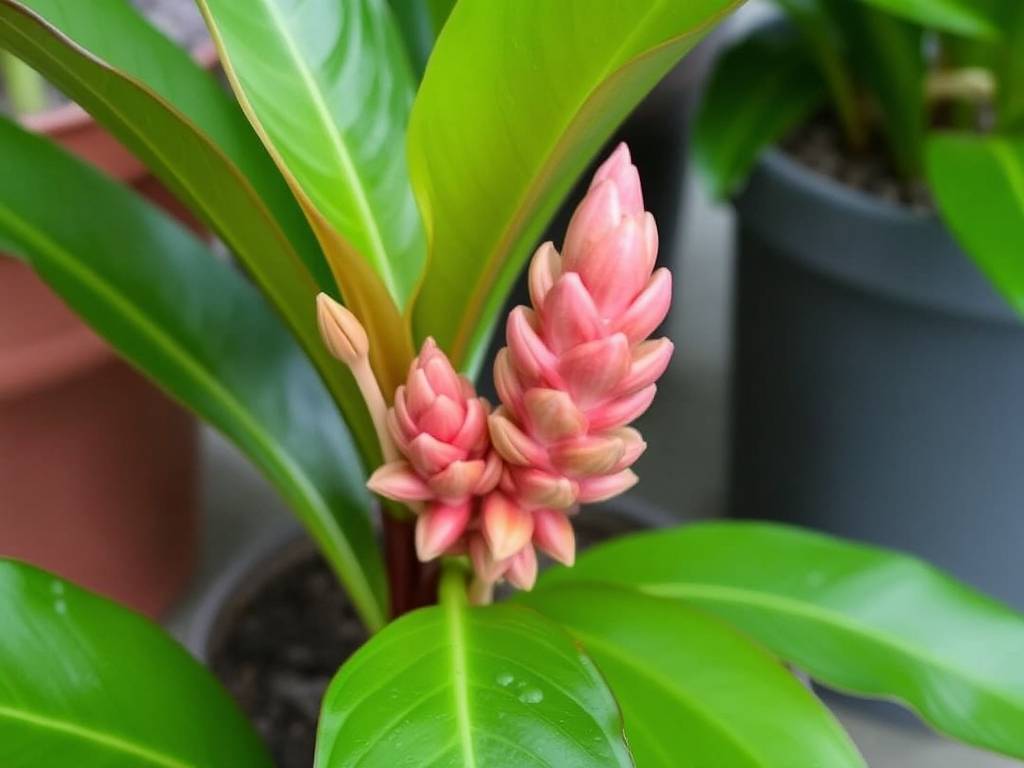
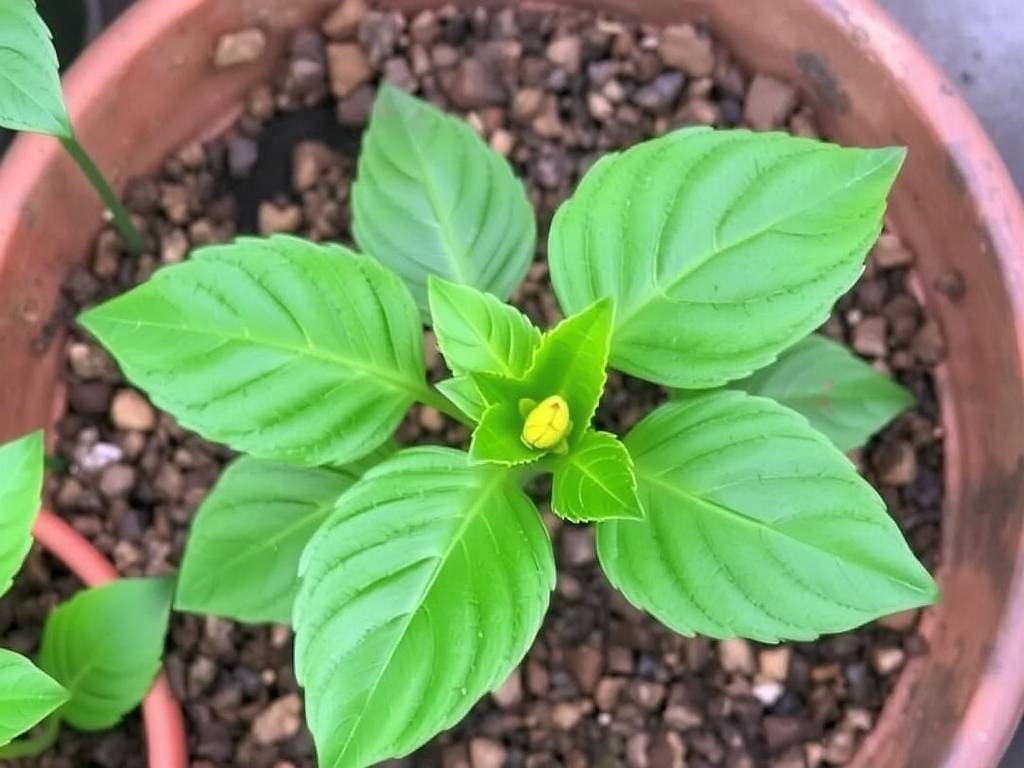
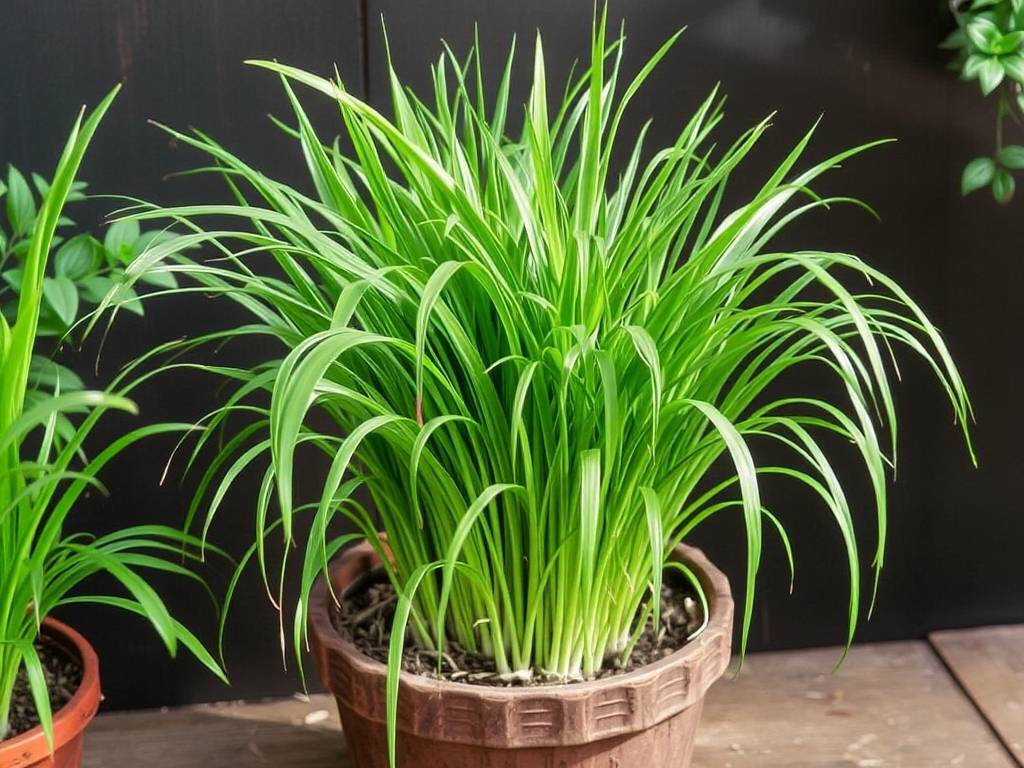
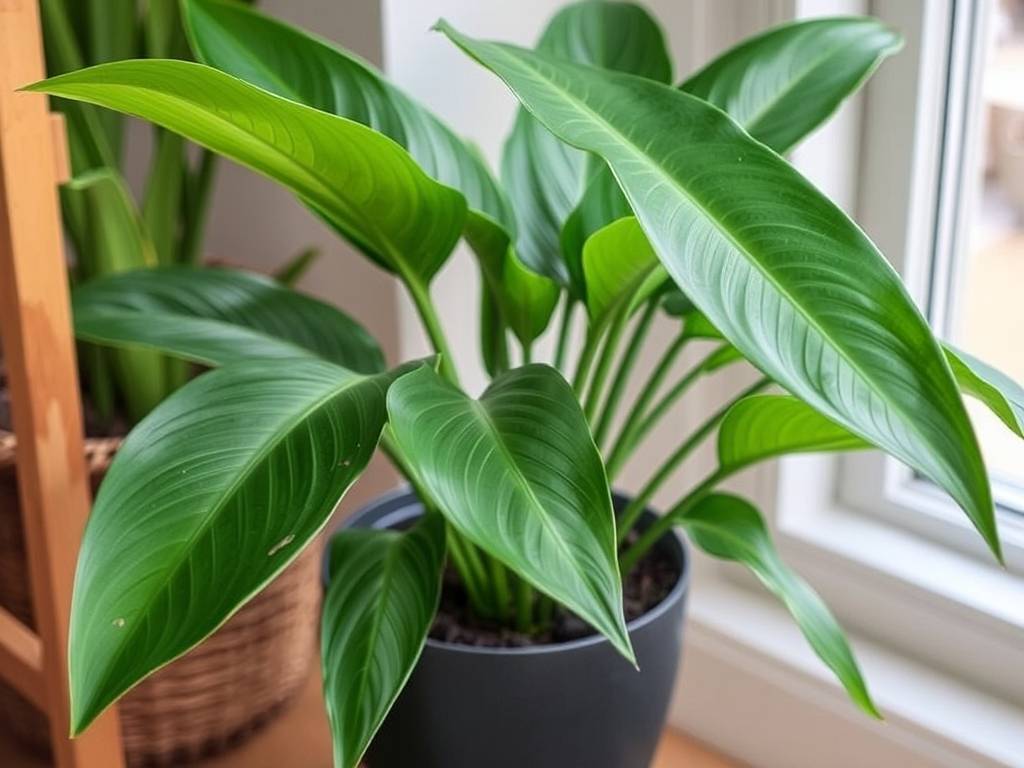
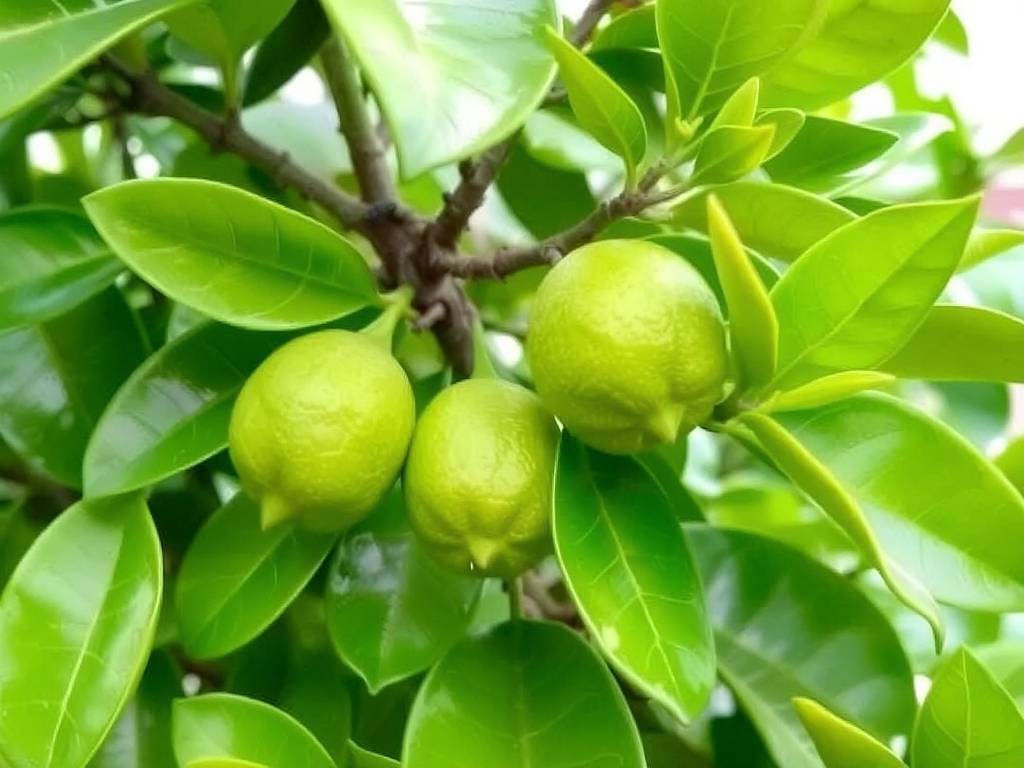
发表评论